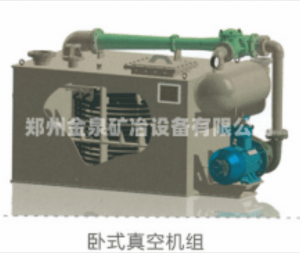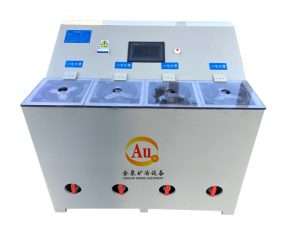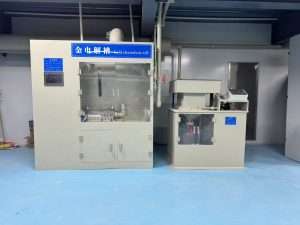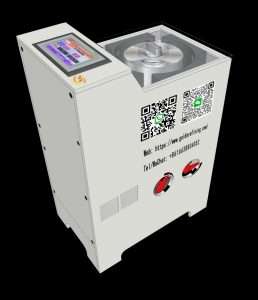Call us now:

Vacuum unit equipment
I. Equipment Features The vacuum unit is composed of a series of units including anti-corrosion PP water tank, buffer tank, RPP water jet pump, check valve, steam-water jet pump, and
China gold purification process
The gold purification process involves dissolving gold-bearing
materials in aqua regia (HNO₃:HCl =1:3), where gold reacts to form soluble
[AuCl₄]⁻ complexes, followed by filtration to separate insoluble residues.
Au+HNO3+4HCl = HAuCl4+NO↑+2H2O
In the gold purifying process, selective reduction is achieved through
a two-stage approach: Primary reduction employs sodium sulfite (Na₂SO₃) u
nder acidic conditions (pH 1-2) to generate SO₂ and H₂SO₃, which preferentially
reduce gold ions to 99.9% pure metallic gold while suppressing impurity precipitation.
Na2SO3 + 2HCl = 2NaCl + H2O + SO2↑
2HAuCl4+3SO2+6H2O = 2Au↓+ 8HCl + 3H2SO4
The gold purifying concludes with thorough washing of the precipitated gold
powder. Sequential rinsing with 5% HCl removes adsorbed metal ions, followed by
deionized water to eliminate chloride residues. Vacuum drying at 80–100°C prevents
oxidation and maintains powder consistency. Finally, high-purity gold (≥99.99%) is
produced by induction melting under a borax flux to inhibit surface oxidation, yielding
market-ready ingots. Modern adaptations of this gold purification methodology
emphasize environmental sustainability through closed-loop gas recovery systems
(converting SO₂ to H₂SO₄) and effluent treatment for heavy metal removal, aligning
with industrial-scale efficiency and ecological compliance standards.
This gold purifying method optimizes purity, efficiency, and environmental safety
through controlled pH, temperature, and closed-loop gas treatment systems.

I. Equipment Features The vacuum unit is composed of a series of units including anti-corrosion PP water tank, buffer tank, RPP water jet pump, check valve, steam-water jet pump, and

Jinquan Electrochemical Deposition Equipment The electrochemical deposition system has revolutionized traditional metallurgical processes through dynamic flow field control technology and is widely used in

Intelligent gold electrolysis equipment combines automatic control, intelligent monitoring and efficient electrolysis technology. It can process raw gold materials with a purity of more than

Jinquan Electrolysis - Cyclone Electrowinning Equipment Cyclone electrowinning equipment is widely used in gold plating solution, gold stripping solution, gold ore heap leaching, spraying solution